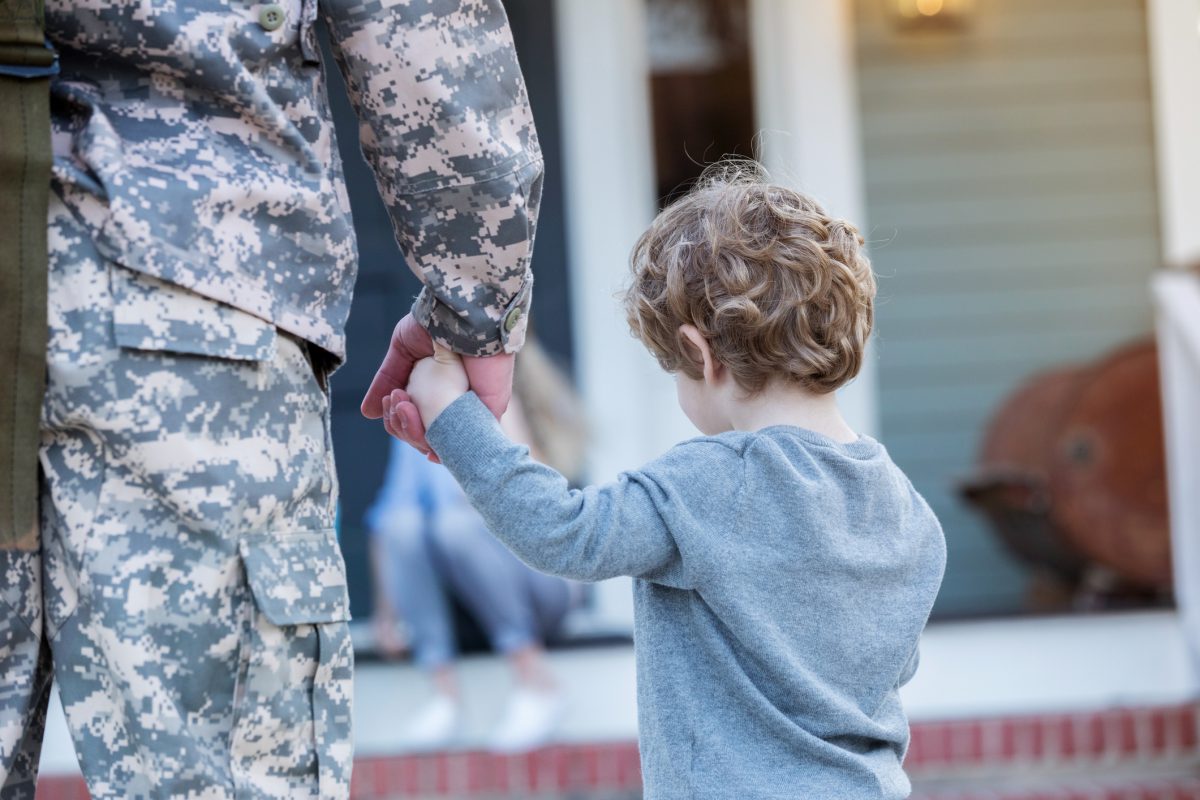Most veterans say that some of the more confusing aspects of qualifying for a VA home loan are the occupancy requirements. This usually stems from when a service member gets their PCS orders and has to move. Will they be able to rent the house? Will they be able to get a second VA loan at their new location? Are there penalties or fines for not meeting this requirement?
While it can seem daunting, understanding the occupancy requirements of a VA loan is actually quite simple if you break it down.
1. What is “reasonable time”?
VA loan occupancy requires that the veteran move into the home within a “reasonable time.” But what does that mean? The VA requires that the borrower move into the home within 60 days after the VA loan closes.
As you’ve read, there are exceptions to that rule. The 60-day rule may be waived if you meet both of the following conditions:
- There is a specific event in the future that will make it possible for you to occupy the property on that date
- You certify that you will occupy the property at a specific date after your VA loan closes
Generally, the VA does not make exceptions if you want to set an occupancy date for more than 12 months after your loan closes.
2. Primary residence requirements
You must certify that you intend to occupy the property as your home. Second homes and investment properties do not qualify for a VA loan.
3. Spouse occupancy
The occupancy requirement is satisfied if your spouse will be living in the home while you are on active duty or otherwise unable to personally occupy the home. A spouse may also satisfy the occupancy requirement if the veteran cannot due to long distance employment issues.
4. Deployed active duty service members
If you are deployed after purchasing your home, your occupancy status is not affected by the deployment. You are considered to be in a “temporary duty status” and are able to provide a valid intent to occupy certification. This requirement is met regardless of whether or not your spouse will be occupying the property while you’re deployed.
5. Dependent occupancy
A dependent child may occupy the home while their parent or parents are deployed or on active duty away from the home. It’s important to note that just by having the dependent in the home does not satisfy the requirement. You must take additional action by having your attorney or dependent’s legal guardian make the occupancy certification. Please keep in mind that many lenders will not recognize dependent occupancy as satisfying the VA loan occupancy requirement.
6. Retirement occupancy
If you will be retiring within 12 months from the date of your loan application, you must include a copy of your application for retirement and proof of requirement stability. Although the VA requires moving in to the home within a “reasonable time,” retiring veterans may be able to negotiate a later move-in date. You have the option to apply for a delay (up to 12 months) in the occupancy requirements.
7. Failure to meet requirements
If you do not occupy the home as agreed under the terms of your VA loan, what happens next is at the discretion of the Department of Veterans Affairs.
Even though it seems as if there are a lot of “if, then” rules to define occupancy, it’s really not as complicated as it appears. The VA works hard to help borrowers understand how to fit their situation into these guidelines, and help set you up for success. Understanding your rights and benefits is something that a qualified Home Loan Expert is more than willing to help you with. Remember to always work with a lender who is skilled and specialized in the nuances of VA loans.
8. Delayed occupancy
Typically, a delayed occupancy results from property repairs or home improvements. If extensive changes are being made to the property that prevent you from occupying it while the work is being completed, your occupancy requirements will be considered “delayed.” However, you must certify that you intend to occupy the property as soon as the work is completed.





